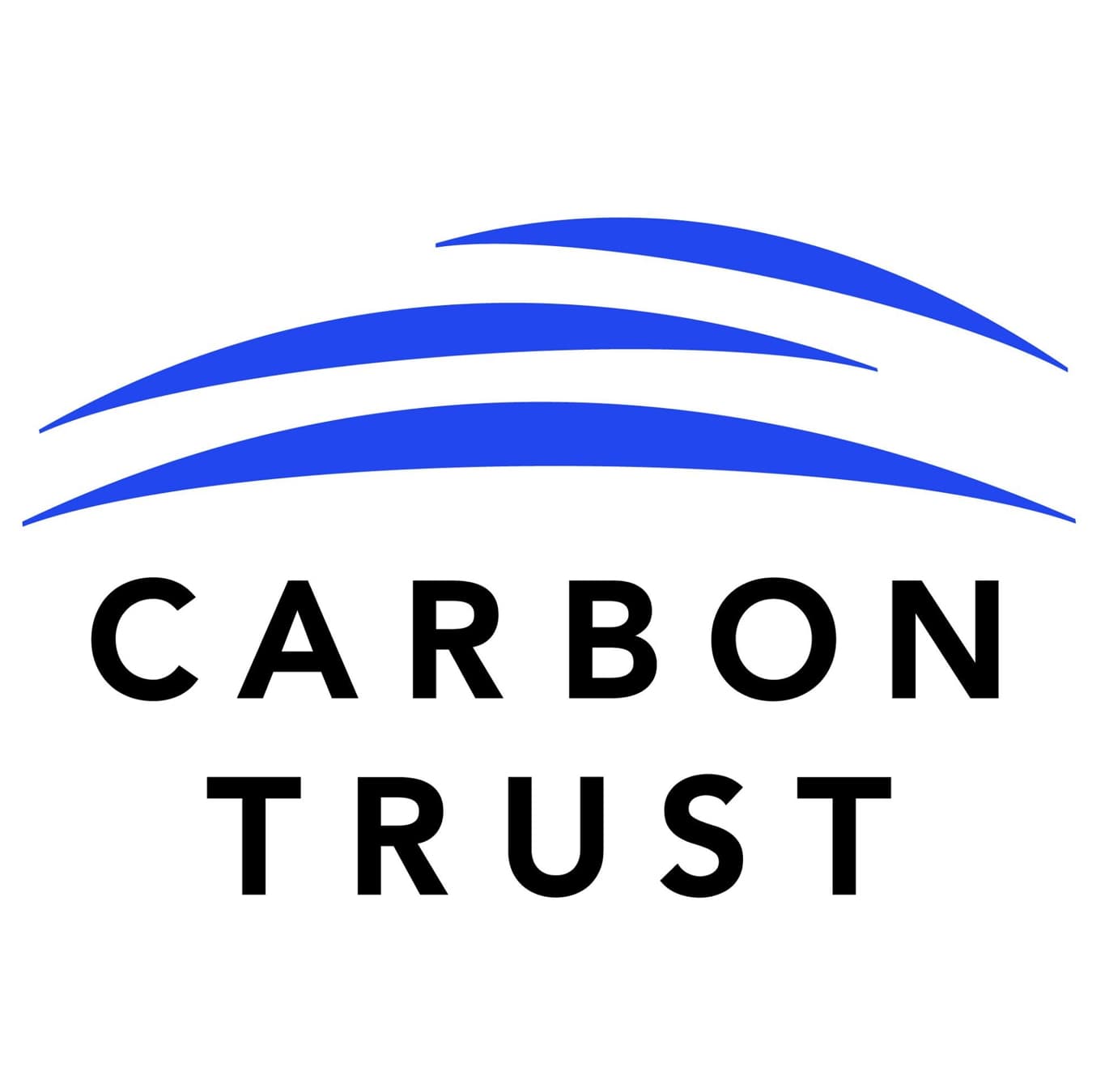Reporta

Report to TNFD
Draw the links between nature and climate by using the new reporting standard for nature-related financial disclosure.
Why report on nature?
While climate change has been at the center of corporate sustainability efforts over the last few years, climate is only one element of a much more complex system. The economic and social development we have experienced in the last few centuries has come at the expense of a substantial impact on nature, and the environmental assets and ecosystem services that provide the foundation on which every society depends are deteriorating at an alarming rate. Out of the nine natural processes that regulate the stability and resilience of our planet, we are already operating outside the safe zones for six of those, increasing the risk of triggering large-scale irreversible environmental changes (1).
To address these issues, and leveraging the momentum built around climate-related disclosure, the Taskforce on Nature-related Financial Disclosure (TNFD) was launched in June 2021 to support a shift in global financial flows away from nature-negative outcomes (e.g. expansion of fishing or logging capacity beyond sustainable levels), and toward nature-positive ones (sustainable agriculture, water resources and wastewater management, pollution abatement, etc.). Two years, four beta versions, and over 200 pilot tests later, the TNFD released their final set of disclosure recommendations and guidance in September 2023.
Quick guide: how to report in line with TNFD:

Who should report and what is covered
Adoption of the TNFD recommendations itself is voluntary, but the framework has already been incorporated into existing and upcoming regulations. The European Commission and the TNFD signed of a cooperation agreement at the end of 2023, and the European Sustainability Reporting Standards (ESRS) is already closely aligned with the TNFD’s recommendations (see Step 3: Report to the Corporate Sustainability Reporting Directive for guidance on which organizations are required to report under the EU’s Corporate Social Responsibility Directive). The International Sustainability Standards Board (ISSB) has also signaled the intention of integrating TNFD in future developments of the IFRS sustainability standards (see Step 3: Report to ISSB IFRS S2 for guidance on which organizations are required to report under the IFRS S1/S2 standards). Other regulators have signaled their intention to introduce or strengthen requirements around nature-related disclosure (including India and Brazil). It is important to check your local regulations to understand whether nature-related reporting is a mandatory requirement.
The TNFD framework is designed to enable organizations to effectively understand, manage, and disclose their relationship with nature, and to integrate nature-related considerations into strategic and risk management processes. TNFD-aligned reports will also help investors and policymakers to understand the nature-related financial risks and opportunities an organization faces. Similarly to the TCFD, the disclosures are structured around four pillars (governance, strategy, risk and impact management, and metrics and targets). TNFD encourages organizations to analyze and report their interrelation with nature across four dimensions:
Dependencies: how your organization relies on nature, for example, if your products are based on crops that are highly dependent on water availability (cotton, rice, soya beans, etc.) or pollinators (cocoa beans, avocados, pumpkins, etc.).
Impacts: what impact your organization is causing (or contributing) to nature, for example, if your business model is based on the depletion of non-renewable natural resources or materials whose extraction can cause pollution or habitat degradation.
Risks: what risks to your organizations can emerge based on your dependencies and impacts
Opportunities: what your organization can do to create nature-positive impacts (or least mitigate its negative impacts)
How to carry out the assessment
To identify these interrelationships in the most efficient way possible, the TNFD framework provides an integrated assessment method called the LEAP approach. You should follow four key steps (2)
Locate your interface with nature. This includes building an understanding of your organization's activities and value chain, screening for potential moderate and high dependencies and impacts, and the associated biomes and ecosystems.
Evaluate your dependencies and impacts on nature. This includes identifying your business processes and activities that have a material effect on nature, and the environmental assets and ecosystem services affected.
Assess your nature-related risks and opportunities. This includes identifying the corresponding risks and opportunities that emerge from the impacts and dependencies identified above, the definition of mitigation actions and risk management processes, and the prioritization and assessment of the most material risks and opportunities.
Prepare to respond to material nature-related issues. This is the crucial “so what?” that should emerge from the analysis. It includes identifying the strategic decisions your organization has made as a result of the assessment, what targets should be set, how you will measure progress, and finally, how you should report and present the findings.
The integrated assessment method is an iterative process designed to start with a high-level review of all activities, value chains, and geographies that are relevant to your business, and gradually focus on the areas most likely to have a material relevance from a nature perspective.
Reflection on your sector’s specific challenges and opportunities
To support organizations from different sectors to navigate and use the TNFD recommendations as effectively as possible, TNFD has released several draft sector guidance documents:

These sector guidance documents include illustrative lists and matrices that can support you in identifying potentially material dependencies and impacts on environmental assets and ecosystem services, risks and opportunities connected to your business model and value chain, as well as potential response and mitigation actions.
Where and when to report
TNFD does not currently provide specific guidance on when and where to report, but you should aim to integrate nature-related disclosure in line with climate-related disclosure, where possible.